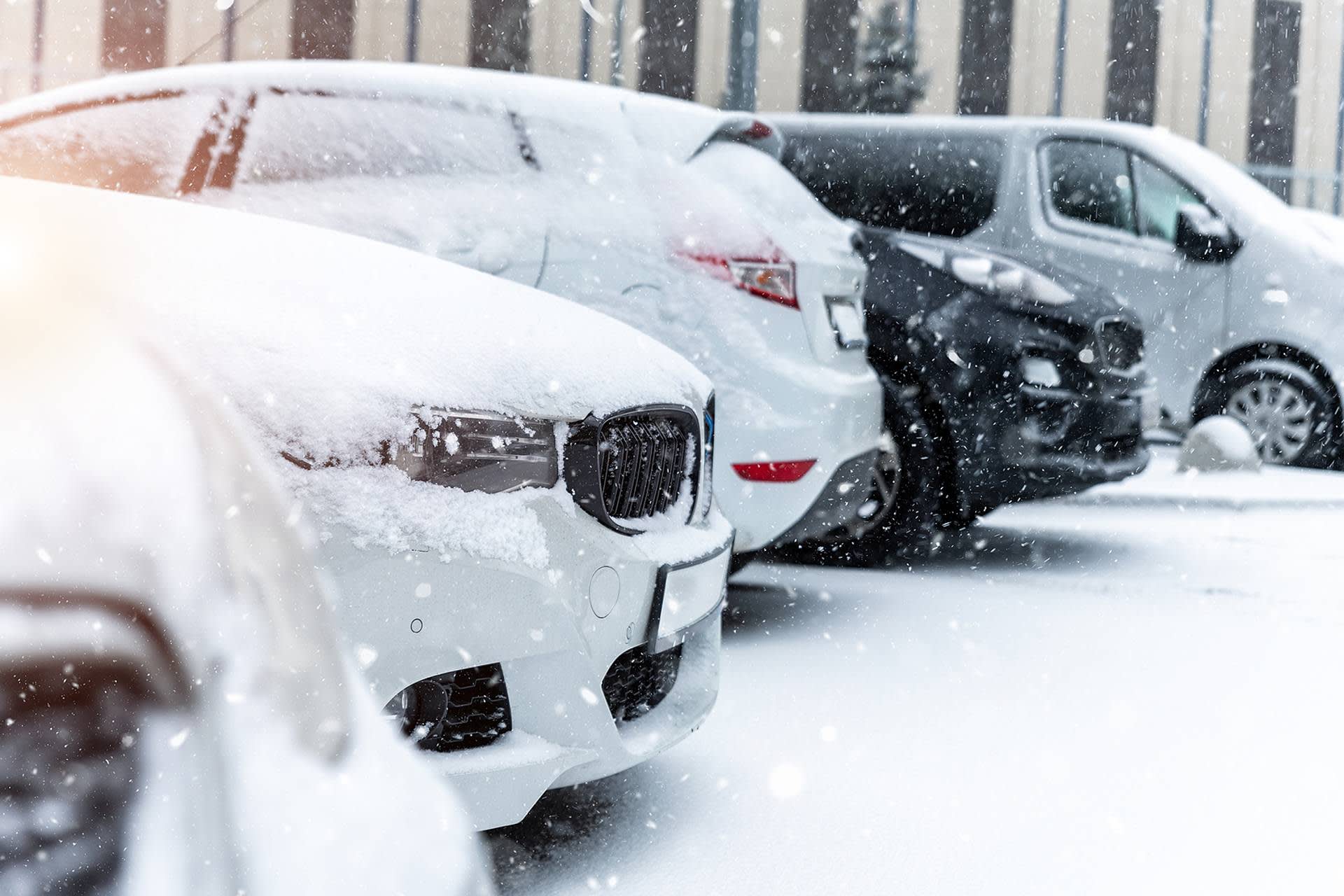How does winter weather affect your EV?
What’s the impact of colder temperatures on the range and performance of electric vehicles (EVs) – and what can you do about it?
To get their power, EVs use lithium ion (Li-ion) batteries that don’t perform at optimal levels in extreme weather – hot or cold. Diesel and petrol engines are also less efficient in cold weather, although we tend not to notice because we feel more familiar with the technology.
So, how does extreme weather affect EV batteries?

Li-ion batteries are less efficient in extreme weather because their power comes from electrolyte fluid that functions best in moderate temperatures. In extreme cold, the electrons in that fluid move more slowly than in warmer temperatures.
Better news is that batteries in the latest EVs are less susceptible to cold than those of previous generations. This is partly thanks to sophisticated thermal management systems designed to keep the batteries within their optimal temperature range and the electrons moving at the right rate.
However, the systems themselves rely on battery power and it remains true that extremely cold weather will limit EV range. While some vehicles display cold weather icons to indicate range restrictions, the reduction shouldn’t be dramatic. Experts expect ‘the loss in range to be 10-15 miles for a car with an overall range of around 160 miles.’
With a fully charged battery, this still leaves enough range for most of the journeys that fleet drivers make. What’s more, real-life driving data can help to improve logistics and planning, thereby minimising the impact of the issue.
Extreme cold weather also affects EV charging, with the amount of fast charging limited to protect batteries. This means your drivers may need to allow more time to power up their EVs.
So, while it’s unlikely that winter weather will keep your fleet off the road, it may result in some range restrictions and scheduling issues. So, what can you do? Here are some tips to help mitigate the effects of cold weather on your EV fleet’s battery performance:
- Keep the battery charged up – try not to fall below at least 20% of full charge, in case the EV needs to use power to warm the battery for recharging
- Warm the interior of your EV before setting off – use mains power from a charger rather than battery power en route when it’s very cold (or, see below)
- Use the right equipment – if your EV can capture waste heat from braking or other processes, use it to heat the car (heating and cooling can reduce range more than the weather conditions)
- Drive in Eco mode if available – this generally uses less power
- Use regenerative braking where possible – this helps keep the battery topped up
Whether you’re a fleet, facilities, or energy manager, we can support your journey to a more electric future. To learn more about our end-to-end EV offering, get in touch.
Enquire onlineDisclaimer
We’ve used all reasonable efforts to ensure that the content in this article is accurate, current, and complete at the date of publication. However, we make no express or implied representations or warranties regarding its accuracy, currency or completeness. We cannot accept any responsibility (to the extent permitted by law) for any loss arising directly or indirectly from the use of any content in this article, or any action taken in relying upon it.

